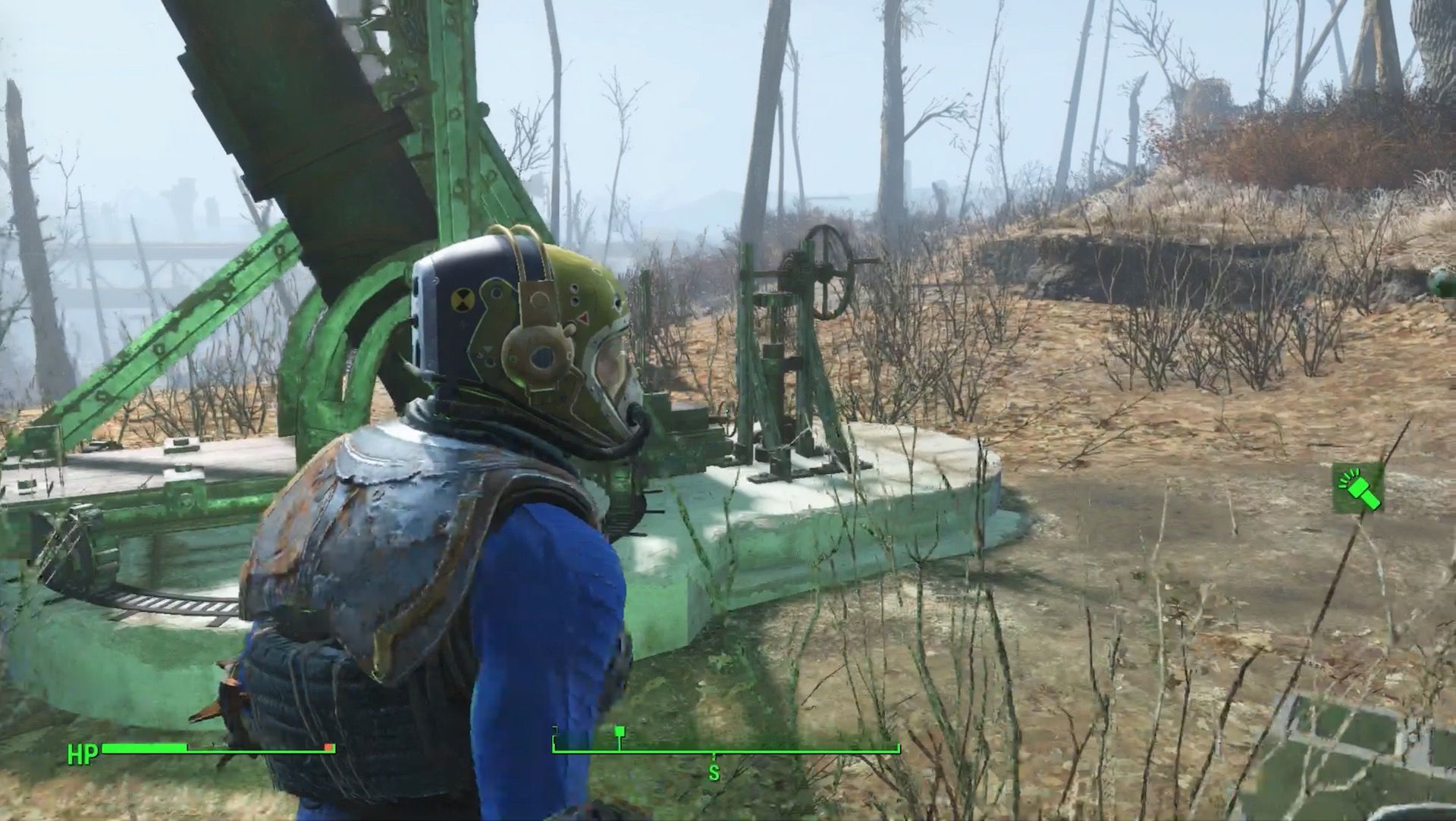

For most “hardcore” gamers, it’d be easy to write off Just Dance 4. Marketed as a party game, the fourth installment in Ubisoft’s best selling franchise is exactly that: a party game. However, much like the myriad of pop songs that fill the game’s track list, Just Dance 4 shouldn’t be judged solely on its mainstream appeal or lack of subsistence. It is most definitely a fun game.
Of the series’ main entries, Just Dance 4 is the second game available for the Xbox 360 and PS3. Though the franchise may have birthed on the Wii, it’s easily found its home on Microsoft’s console. On the PS3 or Wii, gamers will use the Wiimote or PS Move controller(s) to accurately mimic the onscreen characters. However, with Kinect, players are able to dance to their heart’s content, all without having to keep a controller in hand.
The 360 version wouldn’t have this advantage if the game didn’t control well, and thankfully the Kinect sensor is more than capable of tracking the player. Just Dance 4 supports up to four players and works quite well. That said, the on-screen curson can cause interference – even while playing solo. Unlike the Kinect menu, players have to gesture their hands towards the screen in a “poke” motion, and it is all too common for the cursor to miss its intended target.
The game comes packed with over forty songs, and players are given the option to download more as DLC, such as the ever popular Gangam Style. Songs can be divided into four categories: solos, duets, battles and quartets. Songs can be played with 1-4 people; but the on-screen avatars will be tailored to the song type, not the amount of people playing. Those who consider themselves music connoisseurs may find disappointment in Just Dance 4‘s track list, which is comprised of modern day pop songs and well known hits from the past few decades. While we can’t expect great song variety in a dance game, it would have been cool if Ubisoft had included a couple lesser known groups or artists to provide new dance experiences.
Players can pick from one of two game modes, the tried and true “Just Dance” mode and an exercise routine titled “Just Sweat.” Unfortunately, Just Dance 4 sticks to the party game route, foregoing any sort of real career mode. Players have the option to pick songs at whim, and can even earn experience points for each song they play, however, the title lacks the depth of similar music game offerings.
Giving the game a sense of structure is the MOJO system, which grants the player experience points for each song they complete. Additional points are also awarded for completing each song’s selection of dance quests – secondary objectives that range from gaining three or more stars to hitting a correct series of moves. By gaining experience, the player can increase their MOJO level, which in turn grants the player a brand new unlock.
Those looking for a workout will want to try out the aforementioned Just Sweat mode. The mode pits the player against a selection of songs, all while showing how many calories the user is burning. Workouts can last for quite a long time, and the player can go as long as they like. Just Sweat is a welcome addition for solo players but how many people are picking up Just Dance 4 to play solo? Not many, we’d imagine.
When playing through the game using a Kinect, Just Dance 4 will automatically record the player’s dance moves. After completing a song, players can compile these clips using the game’s Autodance feature, which can then be uploaded onto Just Dance TV. However, this step isn’t required and can simply be skipped over at the score menu. Much like Just Sweat, Autodance is yet another welcome future, though one that will likely be glossed over by most casual players.
If there is one glaring criticism to make with Just Dance 4, it’s that the on-screen icons aren’t always that clear. When playing a song, the player can either follow the on-screen avatar, or the series of images that scroll in the lower right corner. These images aren’t the best communication model, oftentimes lacking the clarity of the avatar. For many, unless gamers have played the song multiple times and memorized the moves, these images won’t be much help. They’re there for guidance, but because each song essentially features it’s own unique moves players can’t carry over this knowledge to other tracks. It’s longtime criticism of the franchise and one that Ubisoft has yet to remedy.
Then again, that’s also a bit of a double edged sword. While it’s hard to memorize what images depict, it also shows how much content is packed into Just Dance 4. Each song not only has it’s own set of moves, but it’s own unique visuals. During songs, dynamic images will change against the backdrop, and each song comes packed with it’s own style and flair. For all of the flak the series might get from the hardcore crowd, it’s clear that a lot of work has been put into making each song its own special experience.
On one hand, Just Dance 4 knows its market (which may not appeal to a good segment of hardcore gamers) but, on the other hand, it succeeds as a fun game. The lack of a true career mode hurts the overall package, and the song choices could have used a bit more variety, but Just Dance 4 succeeds at what it tries to do. Whether this is your first foray into the dance genre, or just a game to pick up for your next family get together, Just Dance 4 is an entertaining package.
Just Dance 4 is available now for the PS3, Xbox 360 and Wii, with a Wii U version currently in development. Game Rant played the Xbox 360 Kinect version for review.
–
Follow me on Twitter @AnthonyMole.




 PES 2014 Review
PES 2014 Review Linkin Park: Our fans never know what to expect from us
Linkin Park: Our fans never know what to expect from us Mission 3 - Glassed: Halo 5 Guardians Guide
Mission 3 - Glassed: Halo 5 Guardians Guide Pandas Will Not Be Served: Is The Upcoming Expansion Un-Azerothian?
Pandas Will Not Be Served: Is The Upcoming Expansion Un-Azerothian? How to Use Mint Bills to Manage Your Bills Like a Pro
How to Use Mint Bills to Manage Your Bills Like a Pro